On August 22, 2024, four suns suddenly appeared in Changping District, Beijing. (Screenshot from an online video)
[People News] A few days ago, a netizen posted a video claiming that two suns had appeared in Mentougou, Beijing—a truly wondrous sight. What could this phenomenon signify?
Over a decade ago, I watched a South Korean TV drama titled The Moon Embracing the Sun, which told the fictional love story between “The Sun of North Korea,” King Lee Hwon, and “The Moon of North Korea,” Yeonwoo. Their romance, full of hardships, ultimately reached a happy ending, set against the backdrop of palace power struggles.
The show’s most compelling element was the presence of not just one “Sun” and one “Moon,” but also their “shadow” counterparts: Prince Yangmyung, the king’s admired and relied-upon half-brother, who also loved Yeonwoo; and Yoon Bo-kyung, the daughter of a powerful minister, who loved the king. The tangled emotions and conflicts among these two “Suns” and two “Moons” drove the drama’s plot, ending with the death of the shadow “Sun” and “Moon,” and the reunion of the true ones.
Deeply influenced by Chinese culture, North Korea also believes that “heaven reveals omens to indicate fortune or misfortune.” The “Sun” symbolizes the highest power—the king—while the “Moon” represents the queen. This view stems from traditional Chinese cosmology and astrology. The I Ching says: “Heaven reveals omens to indicate fortune or misfortune.” Similarly, the Zhou Rites – Office of Astronomy describes using the sun, moon, stars, clouds, and winds to divine signs of good or ill fortune, calamity or prosperity—an ancient practice.
In Chinese classics, the sun is often a symbol of the monarch. So, what does it signify when two or more suns appear in the sky?
Tang dynasty prophet Li Chunfeng wrote in his work Prophecies of the Yisi Year: “When two suns rise together, it means the feudal lords (or ministers) are plotting rebellion—this leads to destruction, war across the land, and the downfall of unrighteous rulers. When two suns shine at once, this is called 'Double Yang'—a false ruler challenges the true, and there are two claimants to the throne. When multiple suns appear, the realm is torn apart—officials govern independently, laws differ from place to place, and there is no unity. Multiple kings emerge, signifying numerous self-declared emperors. The Records of the Ji Tomb state: ‘Yin Jia resided in Hequ, and there were evil omens in the sky.’”
In Li Chunfeng’s view, the appearance of two suns suggests rebellion by regional powers or ministers, the outbreak of warfare, and the collapse of tyrannical rule. If two suns are seen shining simultaneously, it portends a struggle between two rival rulers. The appearance of many suns foretells the fragmentation of the nation and widespread conflict. Under such a sign, numerous officials will act autonomously, regional decrees will override central authority, and multiple individuals may proclaim themselves king—an omen of attempted usurpation.
Li Chunfeng also cited the example of Yin Jia, the 12th king of the Xia dynasty, suggesting that the appearance of many suns could indicate the presence of malevolent forces. Historical records note that during Yin Jia’s final years, severe droughts and extreme heat plagued the land. At that time, ten suns were said to have appeared in the sky. The people believed that the heat and drought were caused by evil spirits. Yin Jia died in that year of intense heat and drought, after which the Xia dynasty began its decline.
Furthermore, as recorded in the "Ming History," in the thirteenth year of Chongzhen (1640), September was marked by the phenomenon of "two suns appearing together." During that September, the Ming army fought the Battle of Songshan against the Qing forces led by Huang Taiji, which is considered the final confrontation between the Qing and the Ming. In this battle, the last vestiges of the Ming dynasty were completely depleted, and all strategic passes outside Shanhaiguan fell into Qing hands. By November, Li Zicheng, who would later proclaim himself emperor, entered Henan with his troops and became active once again. The Ming dynasty was facing a dire situation of both internal strife and external threats.
In addition to the "two suns appearing together," there have been numerous reports of multiple suns appearing in various locations over the past decade, commonly referred to as "sun dogs" in mainland China. For instance, on February 14, 2020, several cities in Inner Mongolia experienced a rare "sun dog" phenomenon. Videos captured by local residents showed five solar halos interconnected, forming a massive circle in the sky that lasted for about an hour and a half. The simultaneous appearance of the "five suns" is an extremely rare occurrence.
Moreover, on the evening of August 18, 2024, at 7:30 PM, residents of Chengdu, Sichuan, recorded the sighting of seven suns appearing simultaneously, which vanished after just one or two minutes of filming.
By combining Li Chunfeng's prophecies with the phenomena of two or even multiple suns, and considering the current political landscape of the Chinese Communist Party (CCP), it becomes clear that celestial events reflect changes in the earthly realm. The internal disintegration and division within the CCP is an undeniable reality, and both the CCP and its leader are hastily racing down the path toward destruction.
It is widely recognized that since Xi Jinping assumed power in 2012, internal power struggles within the Chinese Communist Party (CCP) have persisted. While Xi has removed numerous members of the Jiang faction under the pretext of anti-corruption in recent years, he has not fully eradicated all Jiang faction officials who have entrenched themselves in the bureaucracy for over a decade, particularly the faction's leader. This has also alienated many officials who are on the fence. To safeguard the party and his own power, Xi made compromises with the Jiang faction before the 19th National Congress, avoiding a direct confrontation, which ultimately disappointed the party's reformists who had previously supported him.
Following the 19th National Congress, Xi positioned himself as the sole authority and introduced the so-called 'Xi Thought.' He also allowed Wang Huning, who oversees propaganda, to promote this ideology in the media, significantly curtailing public discourse. This has further diminished the support from officials and the public who still possess a sense of conscience. The prevailing norm has become one of empty promises without action. Besides the Jiang faction waiting for opportunities to undermine him, senior officials within the party are preoccupied with their own concerns.
The situation has become more dire with the trade war against the United States, the heavy-handed suppression of the democratic movement in Hong Kong, and other actions that have intensified the economic downturn, increased capital outflow, led to stagnation in private enterprises, and caused rising unemployment. Additionally, the strict lockdown measures during the three years of the pandemic have resulted in widespread public discontent. The various regressive policies of Xi's central government, along with the public spectacle of forcibly escorting Hu Jintao at the closing ceremony of the 20th National Congress, and Xi's extensive purges within the military and the party, have all contributed to dissatisfaction among CCP officials. The emergence of five or even seven 'suns' during this period may signify the presence of multiple power centers within the CCP, making it challenging for Xi to act unilaterally.
Last July, following reports of Xi Jinping's (Xi Jinping) stroke from the Third Plenary Session of the Communist Party of China, unusual phenomena began to manifest in Zhongnanhai. Over the past nine months, increasing evidence suggests that Xi has lost military authority, and his power within the party is also being eroded, with Hu Jintao (Hu Jintao) and Wen Jiabao (Wen Jiabao) orchestrating events behind the scenes. Although the Communist Party has not yet officially addressed Xi's potential abdication, the outside world still perceives him as the nominal leader of the party, despite his loss of various powers. This situation may be likened to the omen of two suns appearing in the sky over Beijing, signaling shifts in power within Zhongnanhai.
In addition to the phenomenon of the two suns, the occurrence of blood-red skies and blood moons has also been increasing across the mainland. Ancient beliefs held that such signs foretold severe droughts and unexpected wars. Similar phenomena were noted during the late Ming Dynasty under Emperor Chongzhen, which coincided with a series of relentless disasters, including famine, drought, and plague. The rise of the Manchu Qing dynasty in the northeast and widespread revolts among the populace in the interior marked this tumultuous period. Ultimately, the forces of Li Zicheng from Shaanxi captured Beijing, leading to Emperor Chongzhen's suicide on Coal Hill and the collapse of the Ming dynasty. Will Xi and the Communist Party face a different fate? △
(People News first published)

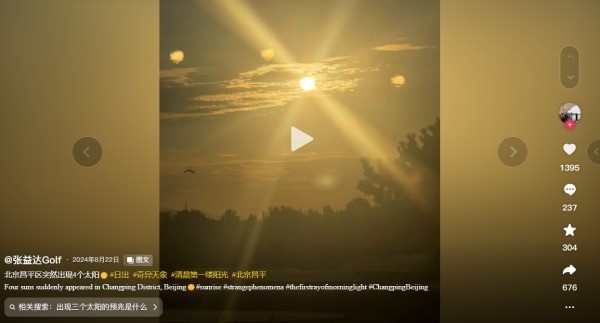
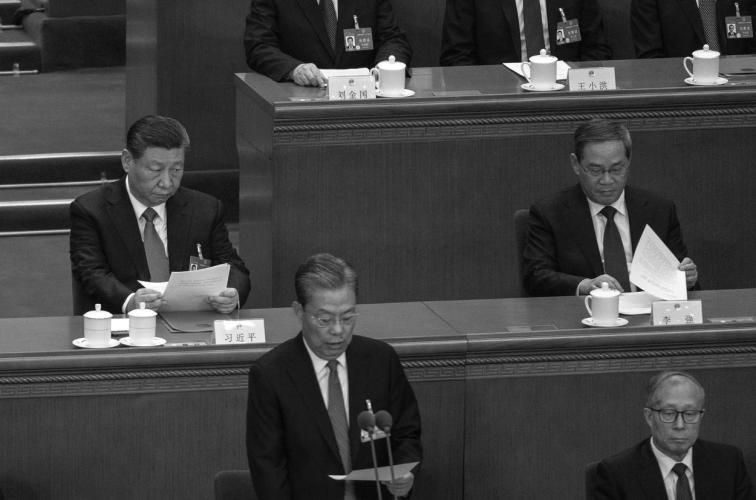
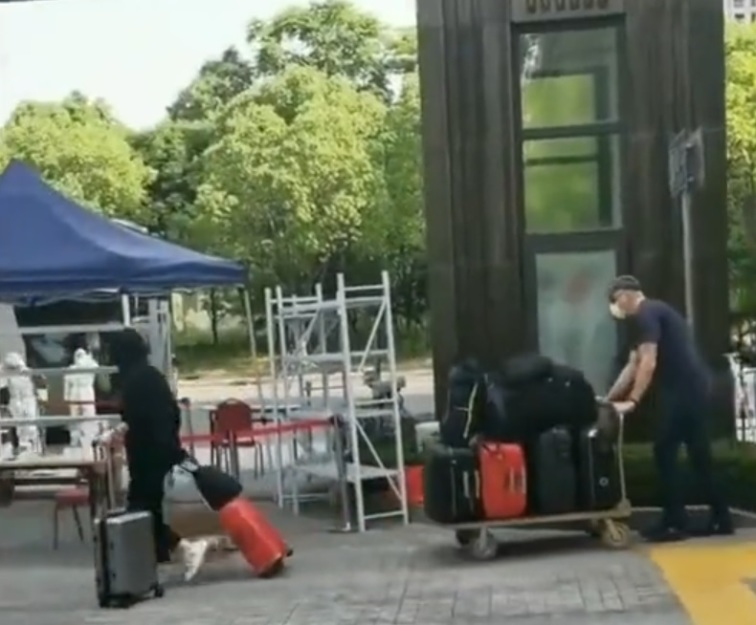
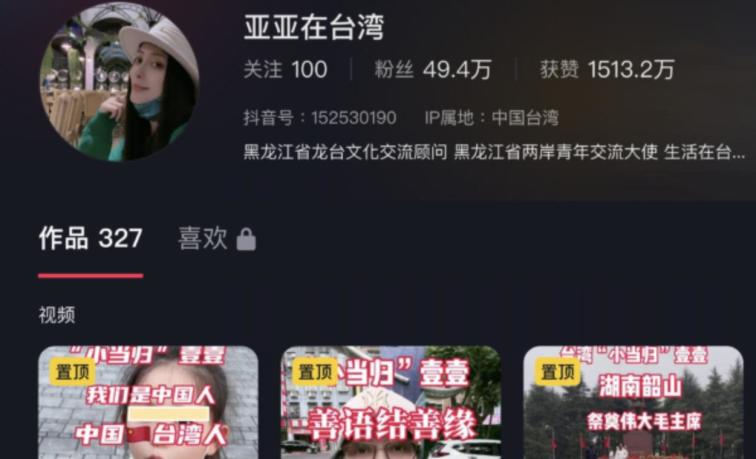

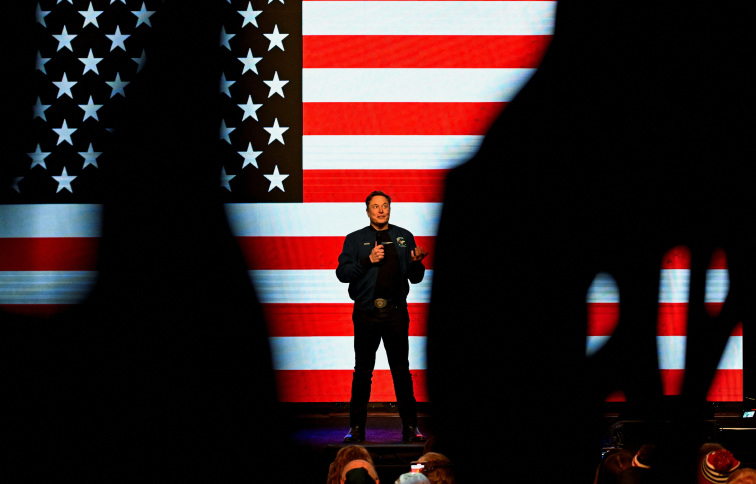
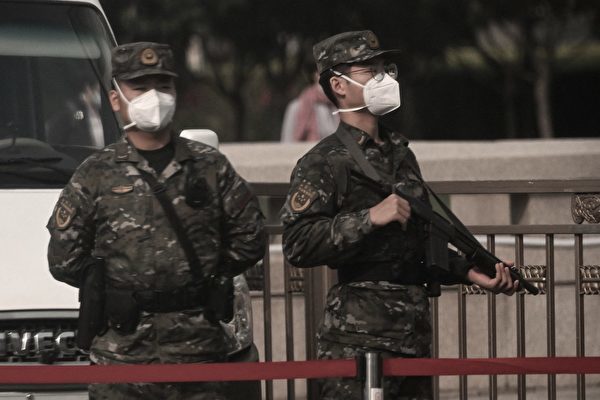


News magazine bootstrap themes!
I like this themes, fast loading and look profesional
Thank you Carlos!
You're welcome!
Please support me with give positive rating!
Yes Sure!